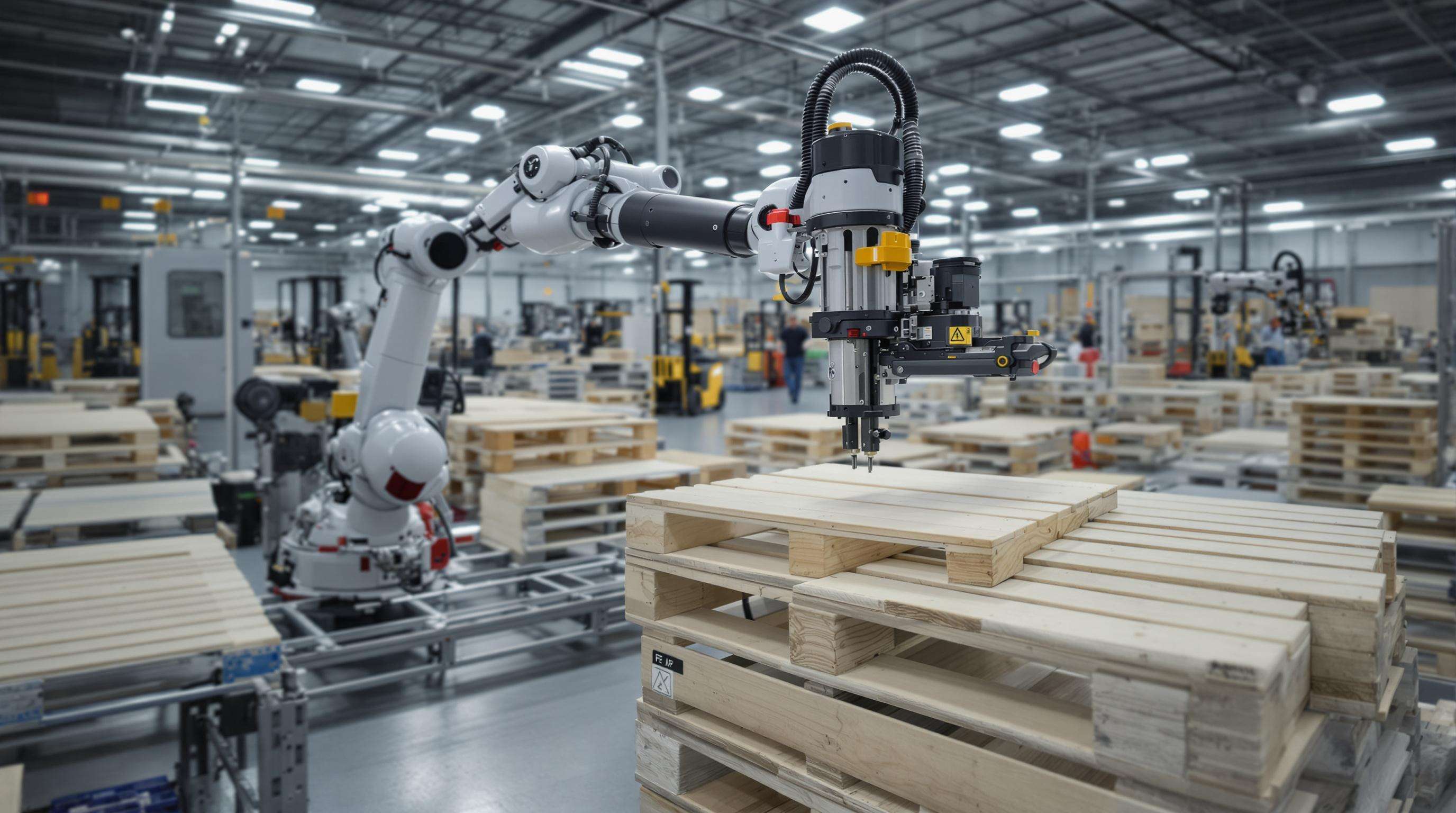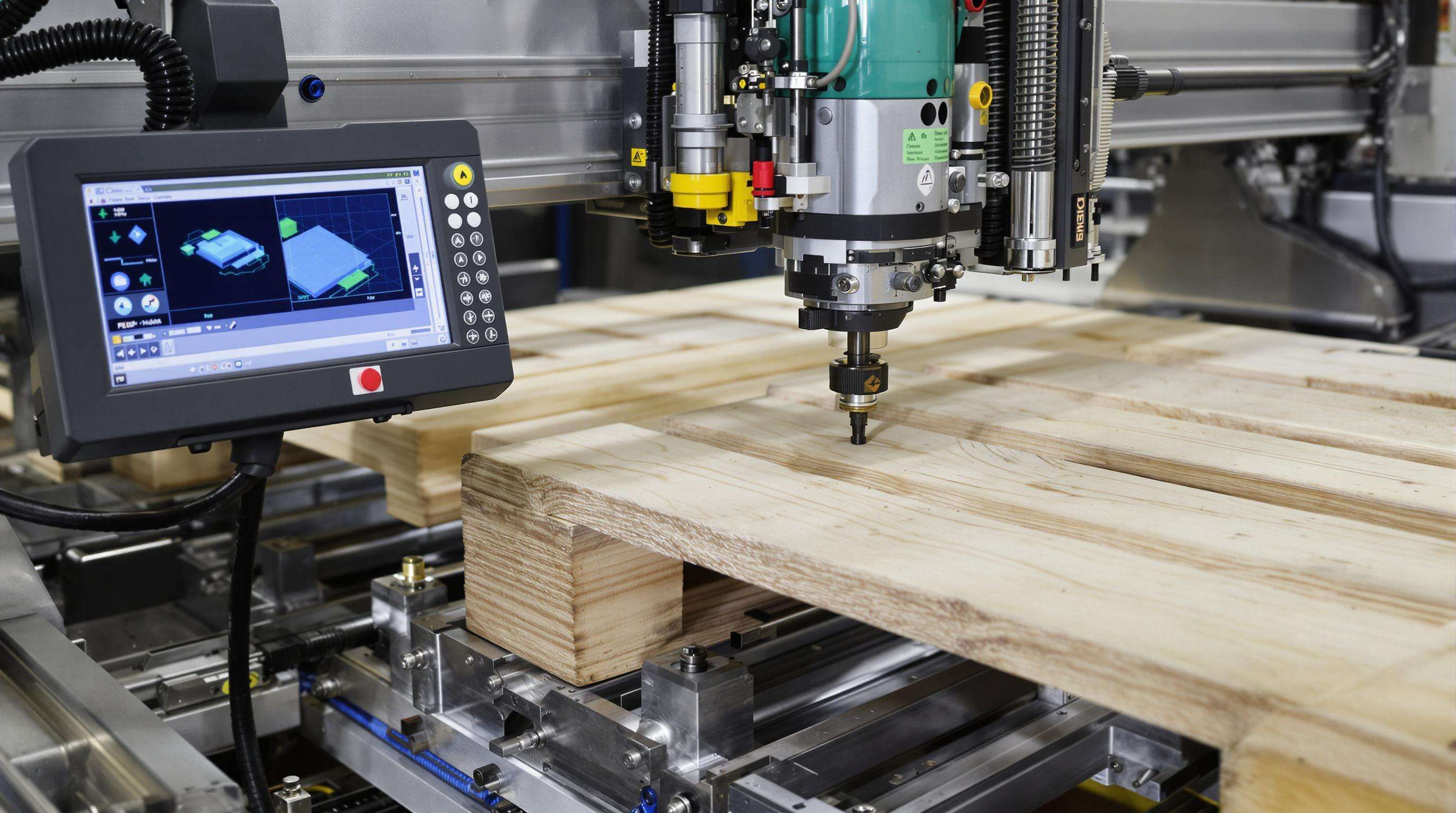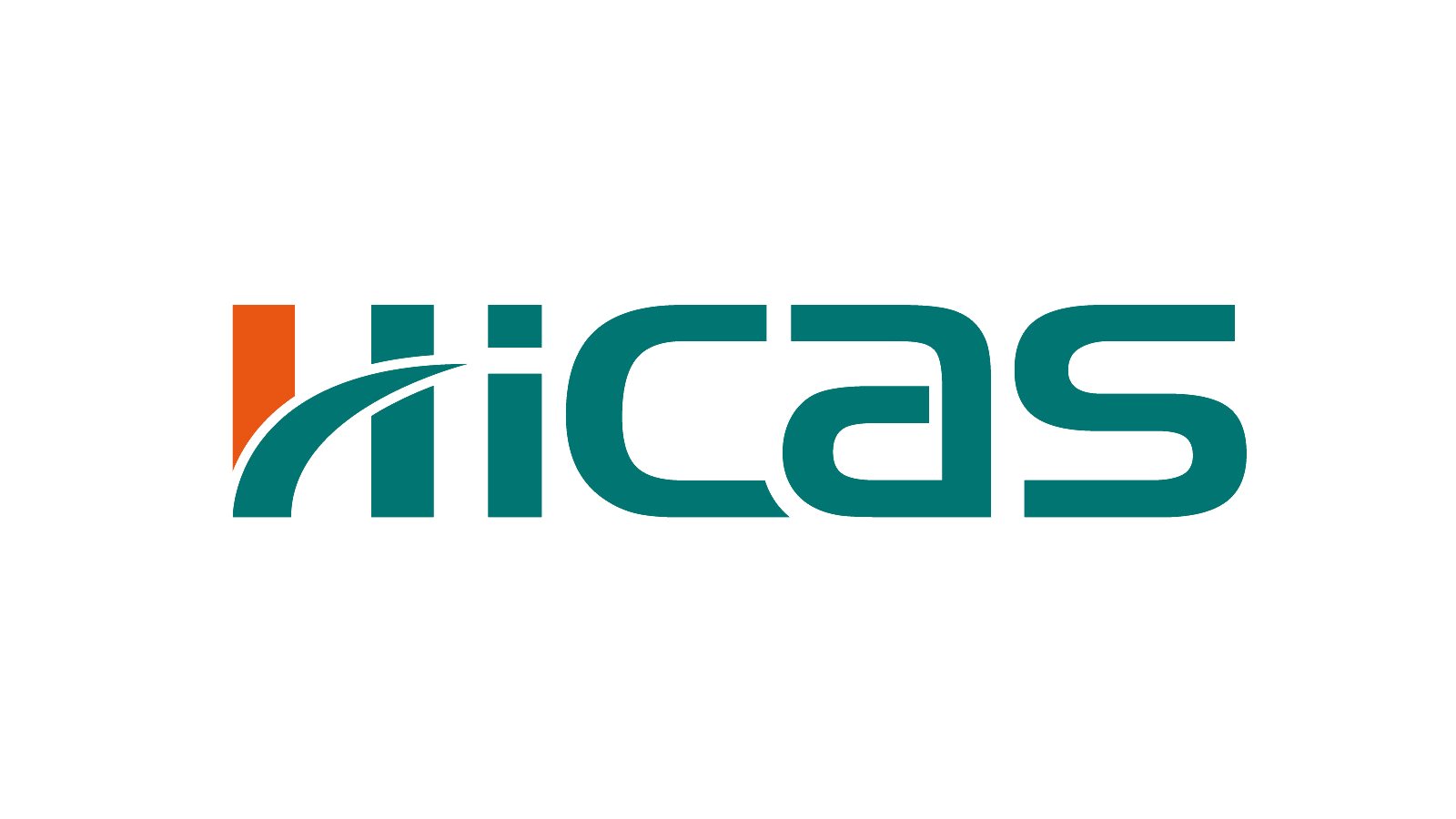The Evolution of Nailing Machine for Pallets Systems
From Manual Operation to CNC Precision in Nailing Machines
Pallet production has been revolutionized by the move from hand-held tools to digital systems. The early method of manual nailing required craftsmen to place boards in position and nail them individually — an approach that resulted in uneven spacing and many injuries from hammers to the hands. With the introduction of CNC technology in the 90s came programable accuracy, meaning manufacturers could now be accurate to ±0.5mm across nail placements. Modern systems can hold more than 200 pallet types and can be easily adapted from an EUR-pallet to a block pallet, or a custom pallet, with a very short setup time.
Robotics in Pallet Assembly: Speed vs. Accuracy Breakthroughs
The use of industrial robots has finally overcome the long-standing compromise between the speed of the production and accuracy in nailing of pallets. Six-axis robots armed with pneumatic nailers now come in at 3.2-second cycle times per pallet (15% faster than conventional automation) and with fastener accuracy of 99.4%. Vision-guided systems adjust for board position in real-time taking out the twist in lumber that created 12-18% waste.
Energy Efficiency Gains Through Automated Nailing
Intelligent automation has turned pallet nailing from a heavy energy user to a sustainable industrial example. The system’s integrated servo motors cut idle power use by 62% over traditional hydraulic systems, and adaptive torque control minimizes energy loss when driving nails. These advancements are helping high-volume manufacturers reduce 8.2 tons of CO emissions per line in a year.
Robotics Integration in Nailing Machine for Pallets

Collaborative Robots (Cobots) for Flexible Pallet Production
If the pallet in the machinery industry uses a pallet in automation, robots are also likely to be used, and in the packaging industry, cobots can safely work with human operators to bring the packaging industry to a new level. These machines change automatically nail patterns and pressure when pallet size and/or wood quality changes without downtime. As noted in a recent European pallet nailing robot market analysis, next-generation cobots can pick up a range of materials with weight variations of over 40% and still retain a level of accuracy.
Vision Systems for Real-Time Nail Placement Verification
Integrated vision systems have revolutionized quality control in automated pallet assembly. High-resolution cameras mounted on robotic arms capture each nail's position within 2 milliseconds of insertion, cross-referencing placement against CAD specifications. Deviations exceeding 0.5mm automatically trigger corrective actions, reducing rejection rates by up to 34% compared to manual inspections.
Case Study: 3-Shift Operation with 99.2% Uptime
A leading manufacturer implemented robotic nailing cells across three consecutive shifts, demonstrating exceptional reliability in continuous production environments. Over an 18-month evaluation period, the system maintained 99.2% operational uptime—attributed to modular components that allowed swift in-line maintenance without full stoppages.
CNC Technology Advancements for Nailing Machines

Automated Nail Pattern Programming Capabilities
Modern CNC nailing systems eliminate manual calculations through digital pattern programming. Operators create custom nail placement sequences via intuitive software interfaces that simulate load distribution requirements. These systems automatically adjust spacing, depth, and angle based on pallet design specifications, reducing fastener waste by up to 15%.
Multi-Material Adaptation Through Smart Tooling
Intelligent tooling systems now dynamically adjust to material variations without manual intervention. Force sensors within nailing heads detect wood density differences between softwoods like pine and hardwoods like oak. When encountering knots or composite layers, tools autonomously modulate impact velocity and depth to prevent splitting.
IoT Connectivity in Nailing Machine Maintenance
IoT sensors integrated into pallet nailing equipment enable continuous monitoring of vibration, temperature, and power consumption. This connectivity facilitates predictive maintenance by identifying component degradation patterns before failure occurs, eliminating unplanned production halts.
Data-Driven Optimization of Nail Consumption
Automated nailing systems leverage embedded analytics to minimize material waste while maintaining structural integrity. Machine learning algorithms analyze board density, moisture content, and load requirements to dynamically adjust nail placement patterns and penetration depth.
| Optimization Focus | Typical Efficiency Gain | Implementation Complexity |
|---|---|---|
| Pattern Configuration | 10-16% | Low |
| Penetration Depth | 5-9% | Medium |
| Material-Specific Logic | 14-22% | High |
Cyber-Physical Systems for Custom Pallet Configurations
Integrated digital-physical networks translate client specifications directly into manufacturing instructions through automated workflow mapping. This closed-loop coordination enables single-unit batch production at mass-production speeds, expanding market responsiveness to specialized logistics demands.
Adoption Barriers in Automated Nailing Solutions
Component Standardization Challenges
The absence of standardized components creates significant hurdles in automated nailing solutions. When replacement parts vary by manufacturer or region, facilities face inconsistent production quality and extensive downtime during repairs.
The Integration Paradox: Flexibility vs. Complexity
Advanced nailing systems offer unprecedented flexibility through customizable pallet configurations, yet this benefit inversely amplifies operational complexity. Manufacturers encounter intricate calibration requirements when connecting modern equipment with legacy conveyors or sorting systems.
Future Projections for Pallet Nailing Automation
AI-Powered Predictive Maintenance Models
Artificial intelligence integration will transform upkeep protocols for pallet nailing systems through prognostic analytics. Machine learning algorithms process vibration, temperature, and power-consumption patterns to forecast component failures 7-10 days before occurrence.
Sustainable Automation: Energy Recovery Systems
Kinetic energy reclamation emerges as the next breakthrough in eco-conscious pallet manufacturing. Modern nailing mechanisms capture inertia from pneumatic cylinders during deceleration phases, converting wasted motion into reusable electricity. These innovations align with global decarbonization targets while reducing operational expenditures by ~18%.
FAQ
What are the key advancements in pallet nailing systems?
Key advancements include CNC precision, robotic integration, energy efficiency, vision systems for quality control, and IoT connectivity for predictive maintenance.
How do robots improve pallet assembly speed and accuracy?
Robots improve assembly by overcoming speed and accuracy challenges, achieving 3.2-second cycle times per pallet with 99.4% nail accuracy.
What sustainability benefits do modern nailing systems offer?
Modern systems cut idle power use by 62%, reduce CO emissions, and incorporate energy recovery mechanisms, contributing to overall operational sustainability.


